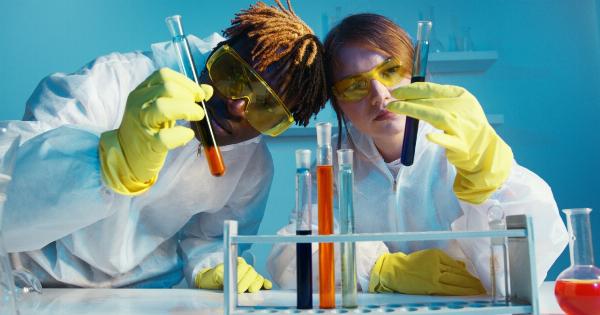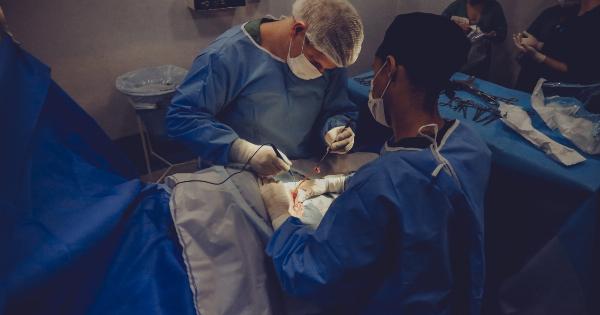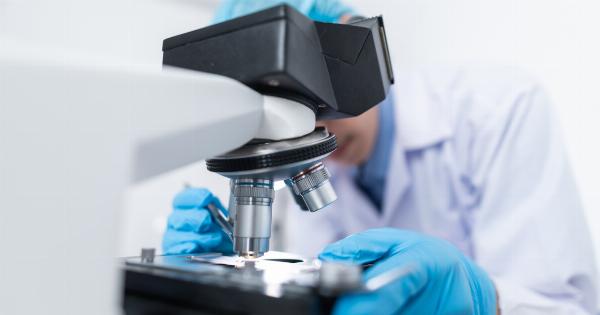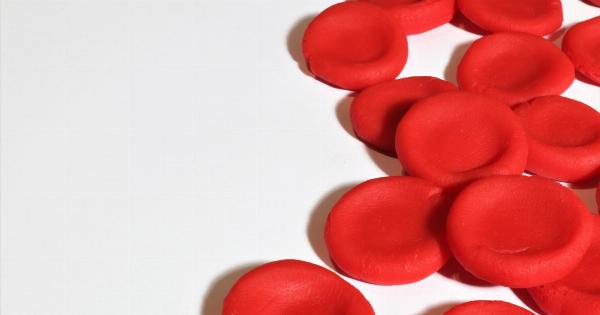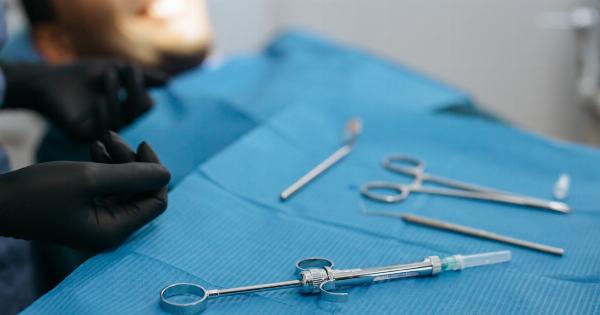In a groundbreaking breakthrough, scientists have successfully restored old blood to a transfusion-worthy condition, potentially revolutionizing the field of blood transfusions.
The discovery holds immense promise for medical procedures that require blood transfusions, especially for patients who have limited access to fresh blood.
The Challenge of Using Old Blood
Until now, the use of old blood has been hindered by various challenges. Blood that has been stored for a long time loses its ability to deliver oxygen efficiently to tissues, leading to complications during transfusions.
Previously, it was believed that the deteriorating quality of old blood was irreversible. However, recent experiments have proved otherwise.
The Study
A team of researchers from renowned medical institutions embarked on a study to investigate ways to improve the quality of old blood.
The study involved experimenting with different techniques to rejuvenate aging blood and making it suitable for transfusions.
Understanding the Aging Process
The researchers delved into the underlying mechanisms that cause blood to deteriorate over time.
They discovered that the accumulation of a molecule called “nicotinamide adenine dinucleotide” (NAD+) played a crucial role in the aging process of blood. As NAD+ levels declined, the efficiency of energy production in red blood cells decreased, resulting in diminished oxygen-carrying capacity.
Reversing the Aging Process
Armed with this knowledge, the scientists explored ways to restore NAD+ levels in old blood. They conducted experiments using a molecule known as “nicotinamide mononucleotide” (NMN), which is a precursor of NAD+.
NMN has the ability to boost NAD+ levels and potentially reverse the aging effects on blood.
Positive Findings and Promising Results
The initial experiments produced astonishing results. The researchers observed a significant improvement in the oxygen-carrying capability of old blood after treatment with NMN.
The blood cells regained their youthful energy levels and exhibited similar characteristics to fresh blood. These findings raised hopes for the revival of old blood and potentially eliminating the limitations related to blood transfusions.
Implications for Medical Procedures
This breakthrough opens up new avenues for medical procedures that require blood transfusions. Currently, there is a scarcity of fresh blood, especially in developing countries and remote areas.
The ability to restore old blood to a transfusion-worthy condition would address this critical issue and save countless lives.
Potential Benefits and Future Applications
Restoring old blood could have several significant benefits. It would alleviate the burden on blood banks and reduce dependence on constant blood donations.
Moreover, the newfound ability to rejuvenate blood could extend the shelf life of stored blood, making it more readily available during emergencies and natural disasters.
Challenges and Further Research
While the initial results are highly promising, there are still challenges to be overcome. Further research is needed to determine the long-term effects of using rejuvenated blood in transfusions.
Additionally, the scalability and cost-effectiveness of the process will need to be addressed before it can be widely implemented.
A Potential Paradigm Shift
The restoration of old blood to a transfusion-worthy condition represents a paradigm shift in the field of blood transfusions.
It has the potential to redefine the limitations associated with blood storage and increase the accessibility of blood for patients in need. This breakthrough discovery marks a major milestone in medical science, offering hope for a future where blood shortages are no longer a pressing concern.



